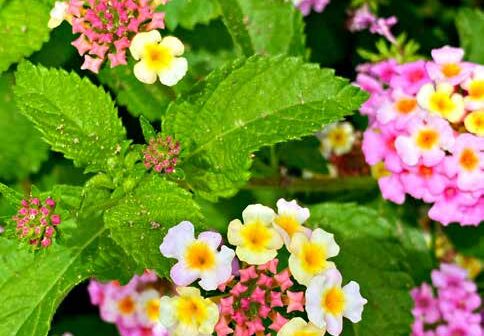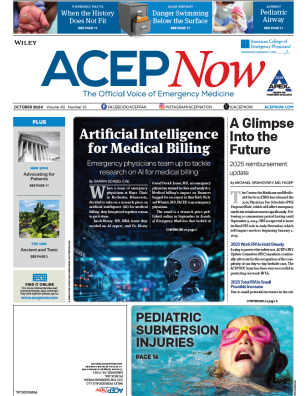
The Lantana camara is a striking plant often used in gardens as a focal point. Its tiny flowers are highly aromatic, with four angled stems and leaves that are elongated ovate, rough surfaced with dentate edges. This plant’s bundle of vibrant flowers range in color from white, yellow, pink, red, orange or purplish, and often two-toned. When it fruits, they are clustered, shiny, round, and range in color from green (when unripe) to deep blue/black when ripe.
All parts of the plant are potentially toxic, but especially its roots and berries.
Toxin
L. camara contains a variety of toxic chemicals located throughout its structure: primarily toxic pentacyclic triterpenoids known as lantadenes; additionally toxic flavonoids, lantadene A, and icterogenin; taxa and oleanic oil, are found in roots; in leaves and flowers bisabolene, traces of monterpenes, and sesquiterpenes have been found.1
Animal toxicity
The plant is especially toxic to grazing animals and causes a variety of illness and even death when eaten by horses, sheep, goats, and other grazing animals. Vomiting, jaundice, hepatitis, and hematuria may occur. A large dose of the leaves will kill a full-sized animal over the course of several days. While the ripe berries are potentially edible, the unripe green berries can be fatal.
Autopsy findings include a necrotic hepatotoxicity.
Human Toxicity
In June 1961, a two-and-a-half-year-old girl from Tampa, Florida, collapsed and died within two hours of becoming ill. Her autopsy indicated she had a large quantity of chewed berries in her small intestine. The parents reported a large lantana bush loaded with fruits she, and three other children, had been eating. The other children were located and one had been experiencing nausea, vomiting, and abdominal pain. His lavage found many green lantana berries, swallowed but not chewed. The two other children were not ill.2,3
Most recent human exposures are found to be mostly young children—generally from ingestion of berries. Less than 10 percent had major effects. The primary symptom was gastrointestinal with nausea and vomiting followed by fever and rash.4
Antidote
There is no antidote.
Treatment
In the 17 cases seen in Florida in the early 1960’s, the primary treatment was gastrointestinal decontamination and supportive care.
Herbal Use
In South America, a decoction (or tea) from the leaves has been used as an intestinal stimulant for gastric illnesses, an emmenagogue, and diuretic; it has been variably used for rheumatism, colds and fever, hypertension, diarrhea, and even for snake bites (not suggested by the author).
Pages: 1 2 | Single Page





No Responses to “Don’t Eat Those Berries!”